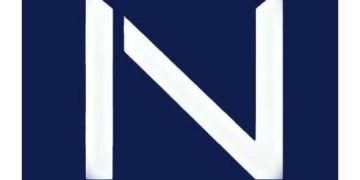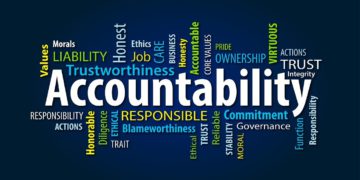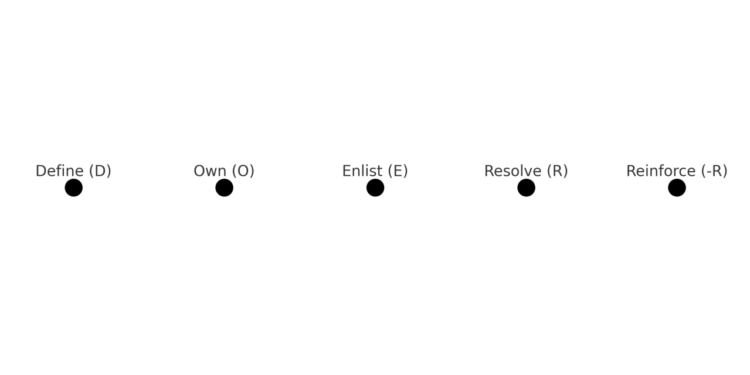Leadership is often described as a skill learned through experience, but many of the most challenging leadership moments come without warning. Leaders are expected to respond in real time, making decisions under pressure, guiding others through complexity, and balancing competing priorities.
However, learning through experience alone is risky and often inefficient. Structured practice, combined with reflection and targeted feedback, offers a more deliberate way to prepare for critical leadership moments.
One practical method is leadership rehearsal: simulating leadership situations in a collaborative environment to test strategies, reflect on decisions, and receive real-time feedback. This process helps leaders build agility, self-awareness, and confidence, making them more prepared for real-world challenges.
The Challenge of Leadership Development
Traditional leadership development often focuses on:
- Conceptual models (decision-making frameworks, communication strategies)
- Case studies and simulations designed to build self-awareness
While these tools are useful for gaining a high-level understanding of leadership, they rarely mirror the complexity of actual leadership situations. Leadership moments are typically:
- Unpredictable: The situation rarely fits a perfect model.
- Time-Constrained: There is rarely time for prolonged reflection.
- Emotionally Complex: Leadership often involves managing relationships, conflict, and competing expectations.
Without structured practice, many leaders rely on trial and error, which can lead to costly mistakes and slower development.
Structured Leadership Rehearsal: A Practical Solution
Leadership rehearsal is a semi-structured process that allows leaders to rehearse key moments in a safe environment. It can be applied to a wide range of leadership challenges and is particularly effective when paired with a reflective framework like DOER-R:
- D (Define): Clarify the problem. What is the specific leadership challenge?
- O (Own): Reflect on your role in the challenge and what could be done differently.
- E (Enlist): Seek input and collaborate with others. How can you engage stakeholders in a solution?
- R (Resolve): Develop a clear action plan.
- -R (Reinforce): Plan for sustaining the change over time.
Each phase encourages reflection and feedback, creating a loop of continuous improvement.
Common Mistakes Leaders Make During Rehearsals
1. Rushing Through Reflection
Leaders often underestimate the importance of pausing to reflect between stages. Moving too quickly can result in missed insights or superficial takeaways. Reflection should be deliberate and focused, allowing time to internalize feedback and adjust accordingly.
2. Focusing on the Wrong Challenge
Rehearsals are most effective when they focus on a specific and relevant challenge. Leaders sometimes choose broad or abstract challenges that lack clear outcomes. Focus on something concrete, such as managing a conflict or making a high-stakes decision.
3. Avoiding Honest Feedback
The value of rehearsal lies in receiving and acting on feedback. Leaders may be reluctant to ask for feedback or may filter out challenging input. Embrace feedback as a tool for growth, even when it’s uncomfortable.
4. Treating It as a One-Time Exercise
Leadership rehearsal is not a one-time fix. It should be part of an ongoing development process. The best leaders return to their rehearsals frequently, using them to refine and improve their approach over time.
5. Over-Relying on One Perspective
Diverse feedback is key to success. Relying on a single perspective can lead to blind spots. Include participants with a range of experiences and viewpoints to broaden your understanding.
Why Structured Practice Works
1. Simulated Pressure Enhances Decision-Making
Leadership rehearsal provides an opportunity to practice leadership decisions under conditions that reflect real-world complexity. Unlike conceptual learning, it emphasizes real-time decision-making, quick thinking, and adaptive responses.
2. Immediate, Specific Feedback
Feedback is most powerful when it is immediate and specific. After each step in the DOER-R framework, participants reflect and receive feedback on three critical dimensions:
- Driving: How clear and focused was the communication?
- Connecting: How effectively did the leader engage and build trust?
- Skill Focus: Did the leader demonstrate the core skill they set out to improve?
This reflective feedback loop helps leaders adjust and improve quickly, leading to more effective leadership behaviors over time.
3. Diverse Perspectives Improve Adaptability
Receiving input from peers provides fresh perspectives and insights that may not be obvious otherwise. This feedback encourages flexible thinking and creative problem-solving, helping leaders adapt their approach to complex challenges.
Research Behind the Method
Leadership rehearsal is rooted in several well-established principles from leadership and skill development research:
- Deliberate Practice (Ericsson, 1993): Structured, intentional practice with targeted feedback accelerates skill acquisition and builds expertise.
- Reflective Practice (Schon, 1983): Reflection-in-action improves decision-making and enhances adaptive capacity in complex situations.
- Feedback for Growth (Kluger & DeNisi, 1996): Targeted feedback increases self-awareness and drives behavior change when paired with opportunities for immediate application.
These principles combine to create a high-impact learning process that reflects the complexity of real-world leadership.
How to Apply Leadership Rehearsal in Your Practice: Practical Next Steps
Leadership rehearsal is a flexible, high-impact tool that can accelerate your growth through deliberate practice and structured reflection. To get started, you don’t need an elaborate setup or external coaching. The process is simple and adaptable to your needs, whether you’re preparing for a tough conversation, aligning a team, or making a critical decision.
Here’s how to begin:
- Identify a Specific Leadership Challenge Start with a real challenge you’re currently facing. Choose something that requires you to make a decision, influence others, or resolve a complex issue. The more specific the challenge, the more valuable the rehearsal will be.
- Select Your Peer Partners Invite colleagues or trusted peers who can offer diverse perspectives and honest feedback. Aim for a balance between supportive voices and those who will challenge your assumptions constructively.
- Follow the DOER-R Framework Use the DOER-R framework to structure the conversation. Walk through each phase, Define, Own, Enlist, Resolve, and Reinforce, reflecting on your actions and adjusting your strategy at each step. Allow flexibility, but keep the framework as a guide to maintain focus.
- Incorporate Reflection and Feedback After each stage, pause for reflection. Rate yourself and ask your peers for feedback on your clarity (Driving), ability to engage others (Connecting), and how well you applied the core skill you were practicing. This feedback loop is crucial for identifying blind spots and adjusting your approach.
- Repeat and Improve Leadership rehearsal is not a one-time exercise. The most effective leaders use this process regularly, applying it to new challenges as they arise. Each rehearsal builds on the last, helping you refine your skills and adapt more effectively in real-world situations.
Conclusion: Build Your Leadership Muscle
Leadership growth doesn’t happen by chance. It requires intentional practice and honest feedback. Structured leadership rehearsal offers a practical, efficient way to prepare for the complex, high-pressure moments leaders face every day.
By focusing on deliberate practice, reflection, and peer feedback, you can accelerate your development, improve decision-making, and build greater resilience in your leadership role.
To get started:
- Think about one challenge you’re currently facing. What situation would benefit from structured practice and honest reflection?
- Set up your first rehearsal. Invite a trusted peer, frame the challenge, and walk through the DOER-R framework.
- Commit to continuous growth. The key is repetition, each rehearsal builds new insights and reinforces critical leadership skills.
Leadership rehearsal is not just an exercise; it’s an investment in your future performance. For leaders who are willing to engage in this process, it’s a powerful tool for developing agility, confidence, and long-term success.


































